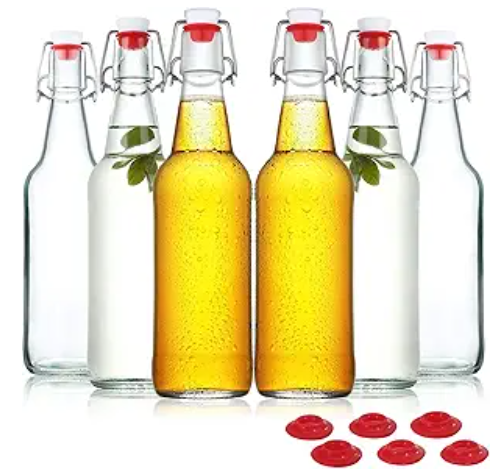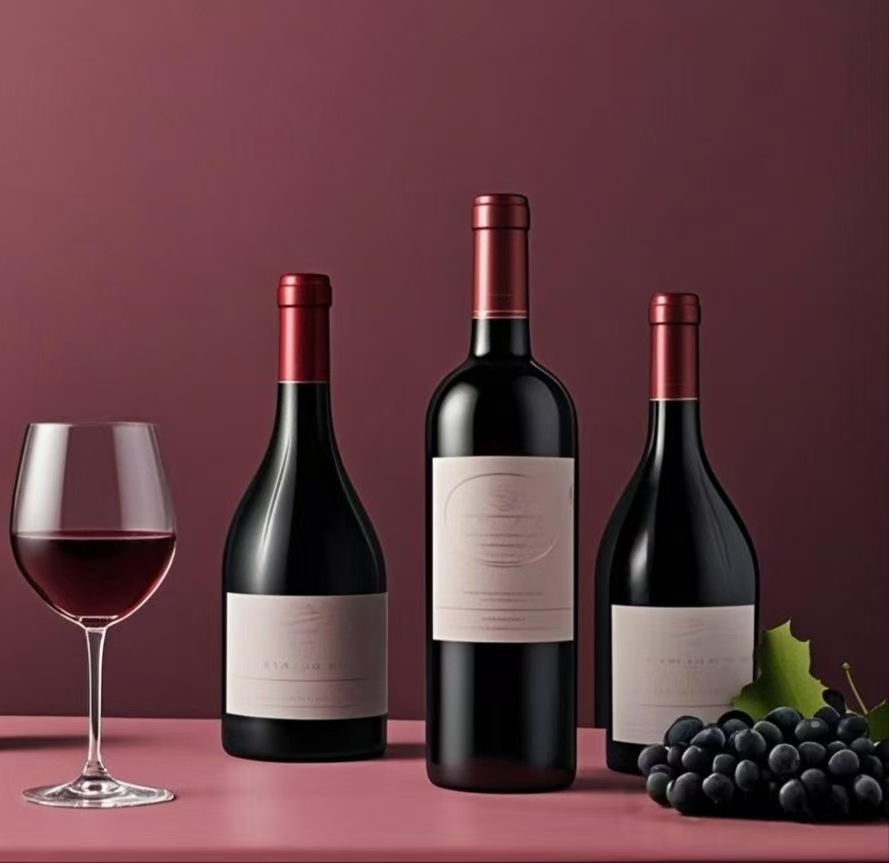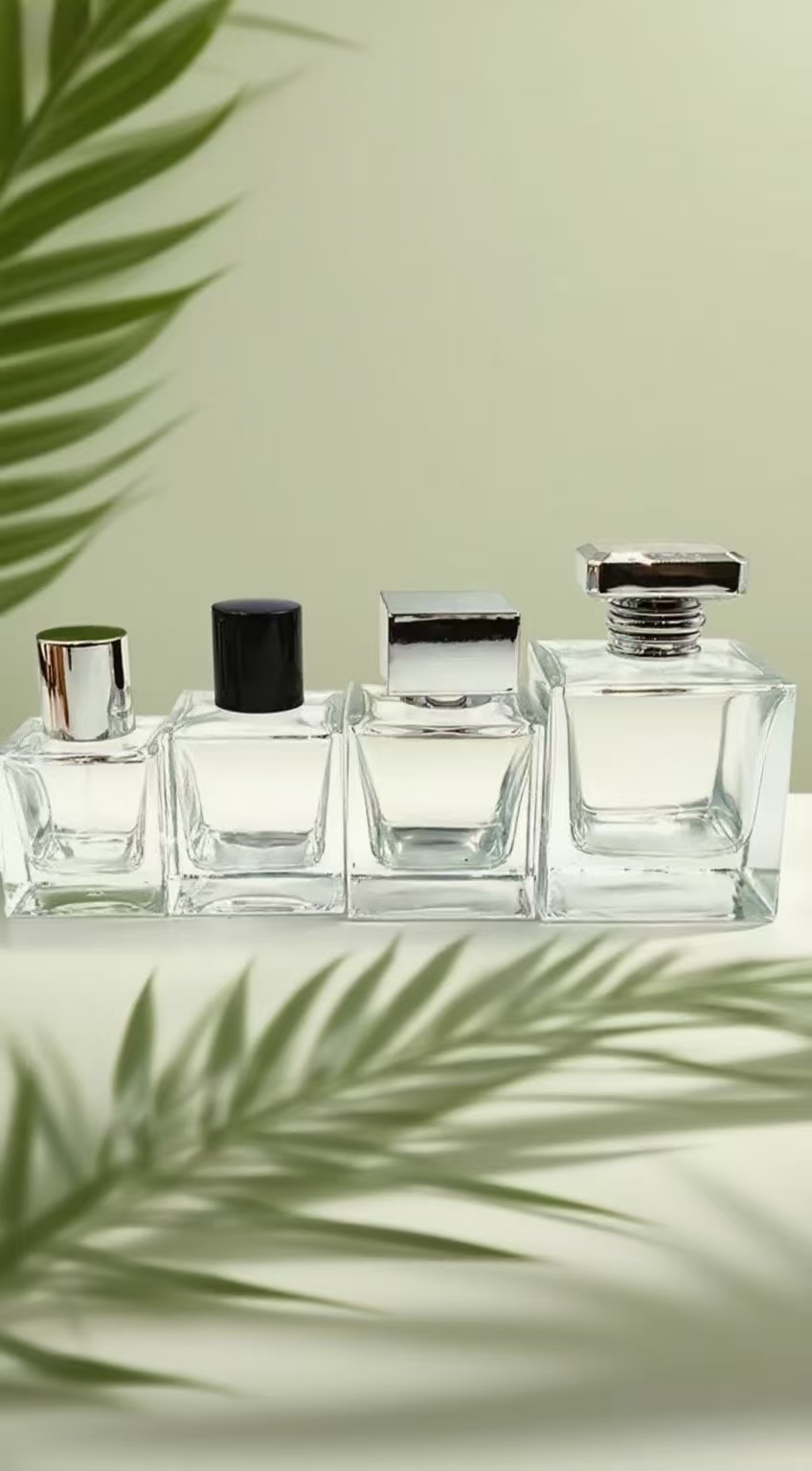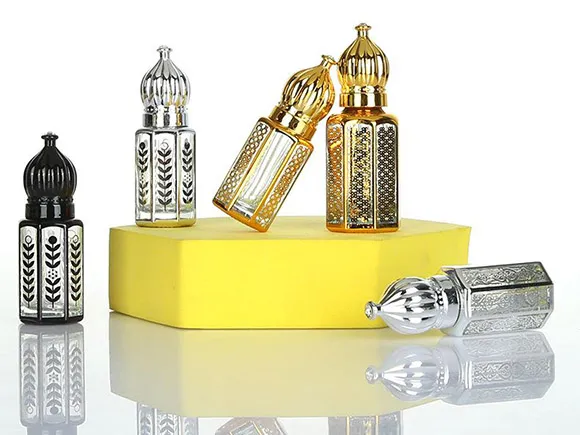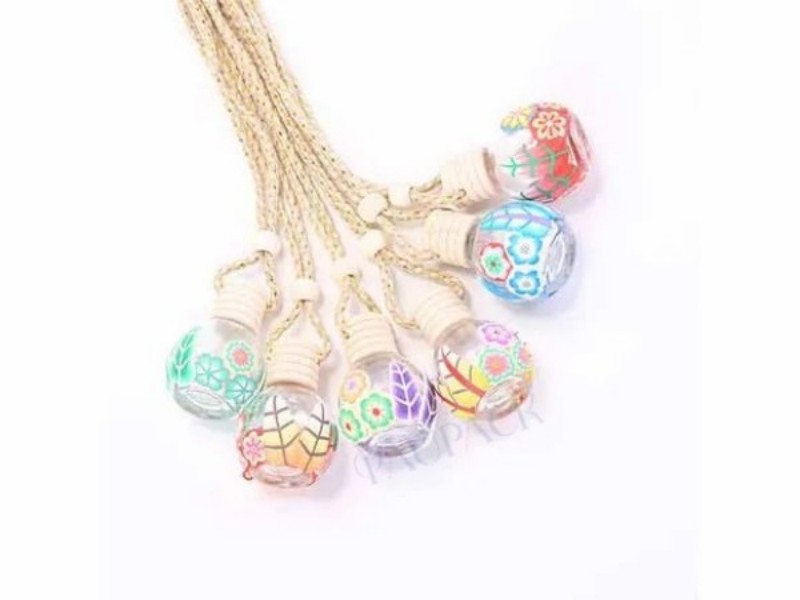Beer bottles are ubiquitous across the globe, serving as the primary container for one of the world’s most popular beverages. As environmental concerns grow and sustainability becomes a priority for consumers and businesses alike, the question of whether beer bottles can be recycled is more relevant than ever. The answer is a resounding yes, but understanding the intricacies of beer bottle recycling, its benefits, challenges, and the role of companies likePaupackingin promoting sustainable glass packaging is essential for making informed decisions.
This comprehensive article explores every facet of beer bottle recycling, from the materials used to the environmental impact, practical recycling tips, and how Paupacking’s qualityGlass Bottlescan help businesses embrace sustainability.
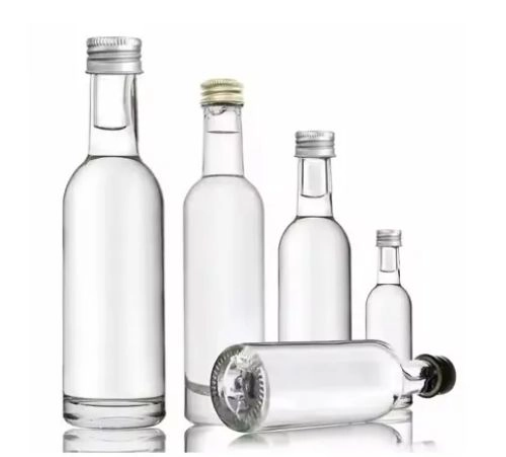

Why Are Beer Bottles Recyclable?
The Material: Glass
Beer bottles are primarily made of glass, a material known for its exceptional recyclability. Glass is an inorganic, non-metallic solid made from silica (sand), soda ash, and limestone. What makes glass unique is its ability to be recycled endlessly without any loss in quality or purity. This property is rare among packaging materials and positions glass as one of the most sustainable packaging options available.
When a beer bottle is recycled, it is crushed into small pieces called cullet, which can be melted down and reformed into new bottles or other glass products. Importantly, the recycling process requires less energy than producing new glass from raw materials, making it both environmentally and economically beneficial.
Reusability of Beer Bottles
Beyond recycling, many beer bottles are designed to berefillable. In many countries, breweries use refillable beer bottles that consumers return. These bottles undergo a thorough cleaning and sanitization process before being refilled and redistributed. This reuse cycle can happen up to 15 or 16 times, significantly reducing the need for new bottles and minimizing environmental impact.
The combination of reusability and recyclability makes beer bottles a standout example of circular packaging.
Paupacking’s Commitment to Sustainable Glass Packaging
AtPaupacking, we recognize the importance of sustainability in packaging. OurGlass Bottleproduct line is crafted with recyclability and reuse in mind. We provide high-quality glass bottles that meet industry standards for durability and safety, ensuring they can withstand multiple reuse cycles or be efficiently recycled at the end of their life.
By choosing Paupacking’sGlass Bottles, businesses can align with global sustainability goals and demonstrate environmental responsibility to their customers.


The Beer Bottle Recycling Process: Step-by-Step
Recycling beer bottles is a multi-stage process that requires careful handling to maintain glass quality and maximize environmental benefits. Let’s explore each step in detail:
1. Collection and Return
The first step in recycling beer bottles is collection. Consumers typically return empty bottles to retail outlets, recycling centers, or deposit return schemes (DRS). In regions with bottle deposit laws, consumers pay a small deposit when purchasing beer, which is refunded upon returning the bottle. This system incentivizes bottle returns and boosts recycling rates.
Businesses and breweries also collect used bottles directly from consumers or distributors to streamline the reuse or recycling process.
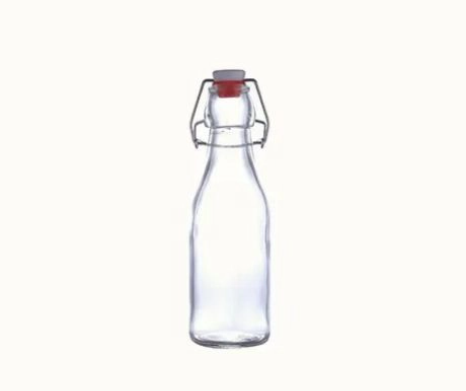

2. Sorting by Color
Once collected, bottles are sorted by color—usually clear, brown (amber), and green. This sorting is crucial because mixing glass colors during recycling can degrade the quality of the final product. For example, clear glass contaminated with amber or green glass may result in discolored bottles, which are less desirable for packaging.
Automated sorting technologies, such as optical scanners, are increasingly used to improve sorting accuracy and efficiency.
3. Cleaning and Preparation
After sorting, bottles undergo a cleaning process to remove labels, adhesives, caps, and any residual liquids. This step is vital to avoid contamination during melting. Some recycling facilities use chemical baths or mechanical scrubbing to ensure bottles are thoroughly cleaned.
For refillable bottles, cleaning is even more rigorous, involving sanitization to meet food safety standards before refilling.4. Crushing into Cullet
The clean bottles are then crushed into small fragments called cullet. Cullet melts at a lower temperature than raw materials, reducing energy consumption during glass production. The quality and purity of cullet directly affect the efficiency and quality of the recycled glass.
5. Melting and Reforming
Finally, the cullet is melted in a furnace and molded into new bottles or other glass products. This recycled glass production uses less energy and fewer raw materials than producing glass from scratch, making it an environmentally friendly process.
Environmental Benefits of Recycling Beer Bottles
Recycling beer bottles offers profound environmental advantages that contribute to global sustainability efforts:
Energy Conservation
Producing glass from raw materials requires high temperatures (around 1700°C), consuming significant energy. Incorporating recycled cullet reduces the melting point, saving up to 30% of the energy needed. This energy saving translates into lower carbon dioxide emissions, helping combat climate change.
Raw Material Preservation
Glass production relies heavily on natural resources such as sand, soda ash, and limestone. Recycling beer bottles reduces the demand for these raw materials, preserving ecosystems and reducing mining impacts.
Waste Reduction and Landfill Diversion
Glass is non-biodegradable and can persist in landfills indefinitely. Recycling beer bottles diverts millions of tons of glass from landfills annually, reducing environmental pollution and conserving landfill space.
Supporting Circular Economy
Recycling and reusing beer bottles embody the principles of a circular economy, where materials are kept in use for as long as possible, minimizing waste and resource extraction.
Economic Benefits
Recycling beer bottles supports local recycling industries, creates jobs, and can generate revenue through deposit return schemes. It also reduces costs for breweries and businesses by lowering the need for new packaging materials.
Challenges in Beer Bottle Recycling
Despite its many benefits, beer bottle recycling faces several challenges that need to be addressed to optimize the process:
Breakage and Contamination
Broken glass can contaminate recycling streams, making it harder to sort and process cullet efficiently. Contaminants such as ceramics, stones, or other non-glass materials can also reduce the quality of recycled glass.
Color Sorting Complexity
Sorting glass by color is labor-intensive and requires sophisticated technology. Inadequate sorting can result in mixed-color cullet, which limits the reuse of recycled glass in high-quality applications.
Collection Infrastructure
Not all regions have robust recycling infrastructure or deposit return schemes, leading to lower recycling rates. In some areas, consumers lack convenient access to bottle return points, reducing participation.
Economic Viability
The cost of collecting, sorting, and processing glass can be high compared to the value of recycled glass. Fluctuations in the market price for cullet can affect recycling profitability.
Environmental Impact of Transportation
Transporting heavy glass bottles to recycling centers consumes fuel and emits greenhouse gases. Localized recycling programs can mitigate this but are not always available.
How Paupacking Supports Sustainable Packaging Solutions
AtPaupacking, sustainability is at the core of our business philosophy. We provide a wide range ofGlass Bottlesthat are designed to be both aesthetically pleasing and environmentally responsible.
Quality and Durability
Our glass bottles are manufactured to withstand multiple reuse cycles, making them ideal for refillable beer bottles or other beverage containers. Durable glass reduces breakage during transport and handling, enhancing recycling efficiency.
Variety of Colors and Styles
We offer clear, amber, and green glass bottles, catering to different branding and functional needs. Each color is carefully produced to maintain high recyclability standards.
Sustainable Closures and Accessories
In addition to bottles, Paupacking provides eco-friendly closures such as bamboo caps, which complement the sustainability of glass packaging.
Customization and Branding
Businesses can customize ourGlass Bottleswith logos, labels, or embossing, enabling them to promote their commitment to sustainability and differentiate their products.
Commitment to Circular Economy
By choosing Paupacking’s glass packaging, companies contribute to a circular economy, reducing waste and supporting environmental stewardship.
Practical Tips for Consumers and Businesses to Recycle Beer Bottles Effectively
Recycling beer bottles is a shared responsibility. Here are actionable tips to help maximize recycling success:
For Consumers
-
Participate in Deposit Return Schemes:Return bottles to authorized collection points to ensure they are reused or recycled properly.
-
Rinse Bottles Before Recycling:Removing residual liquids prevents contamination and odors.
-
Remove Caps and Labels if Required:Some recycling programs require caps to be removed as they may be made of metal or plastic.
-
Sort by Color:When possible, separate clear, brown, and green bottles to improve recycling quality.
-
Avoid Breaking Bottles:Handle bottles carefully to prevent breakage, which complicates recycling.
-
Implement Bottle Return Programs:Encourage customers to return bottles through incentives or deposit schemes.
-
Use Refillable Bottles:Design packaging for multiple reuse cycles to reduce environmental impact.
-
Educate Consumers:Provide information on proper recycling practices to increase participation.
-
Partner with Reliable Recyclers:Work with recycling facilities that follow best practices for glass processing.
-
Monitor and Improve Packaging Design:Use materials and designs that facilitate recycling and reuse.
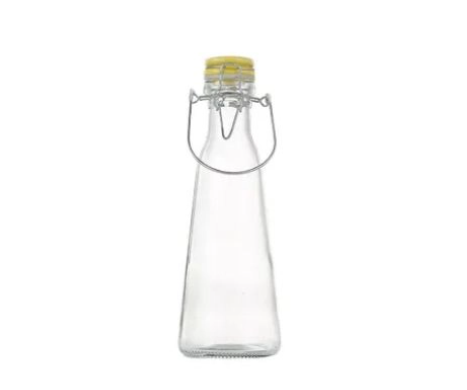

Comparison Table: Beer Bottle Recycling vs. Other Beverage Packaging
| Aspect | Beer Bottles (Glass) | Plastic Beer Bottles | Aluminum Cans |
|---|---|---|---|
| Recyclability | Highly recyclable, reusable 15+ times | Recyclable but less durable | Highly recyclable, widely recycled |
| Environmental Impact | Low when recycled properly | Higher due to plastic production | Low, but mining impacts exist |
| Energy Consumption | Lower with recycled glass | Moderate, recycling saves energy | Low with recycling |
| Reuse Potential | High (refillable bottles) | Low | Low |
| Sorting Requirements | Must be sorted by color | Sorted by plastic type | Sorted by metal type |
| Contamination Risk | High if broken glass is mixed | Moderate | Low |
| Market Value of Recycled Material | Moderate to high | Variable, often low | Moderate to high |
| Weight and Transport Impact | Heavy, higher transport emissions | Lightweight, easier transport | Lightweight, easier transport |
| Consumer Participation | High in deposit return regions | Moderate | High |
| End-of-Life Options | Reuse, recycle, repurpose | Recycle, downcycle | Recycle, repurpose |
The Future of Beer Bottle Recycling
As the world moves toward greater environmental responsibility, innovations and policies are shaping the future of beer bottle recycling:
Technological Advances
-
Enhanced Sorting Technologies:AI and machine learning are improving glass color sorting accuracy.
-
Improved Cleaning Methods:New chemical and mechanical cleaning techniques increase cullet quality.
-
Lightweight Glass:Development of thinner, lighter bottles reduces raw material use and transport emissions.
Policy and Regulation
-
Expanded Deposit Return Schemes:More regions are adopting or enhancing bottle deposit laws to increase recycling rates.
-
Extended Producer Responsibility (EPR):Manufacturers are increasingly held accountable for the end-of-life management of their packaging.
Consumer Awareness
Growing consumer demand for sustainable packaging is encouraging breweries and retailers to prioritize recyclable and refillable beer bottles.
Paupacking’s Role in the Future
Paupacking continues to innovate by offering high-quality, sustainableGlass Bottlesthat meet evolving market and environmental standards. We are committed to supporting businesses in their sustainability journeys by providing packaging solutions that align with circular economy principles.
Conclusion
Beer bottles are not only recyclable but also reusable, making them an excellent choice for sustainable beverage packaging. The recycling process conserves energy, reduces waste, preserves natural resources, and supports economic growth. While challenges exist, advances in technology, policy, and consumer behavior are improving recycling outcomes globally.
Choosing high-quality, durable glass bottles like those fromPaupacking’sGlass Bottlecollection enables businesses to reduce their environmental footprint while delivering premium products. Together, consumers, companies, and governments can drive a circular economy that benefits the planet and future generations.
For more information on sustainable glass packaging and to explore Paupacking’s product offerings, visit ourGlass Bottlepage today.




